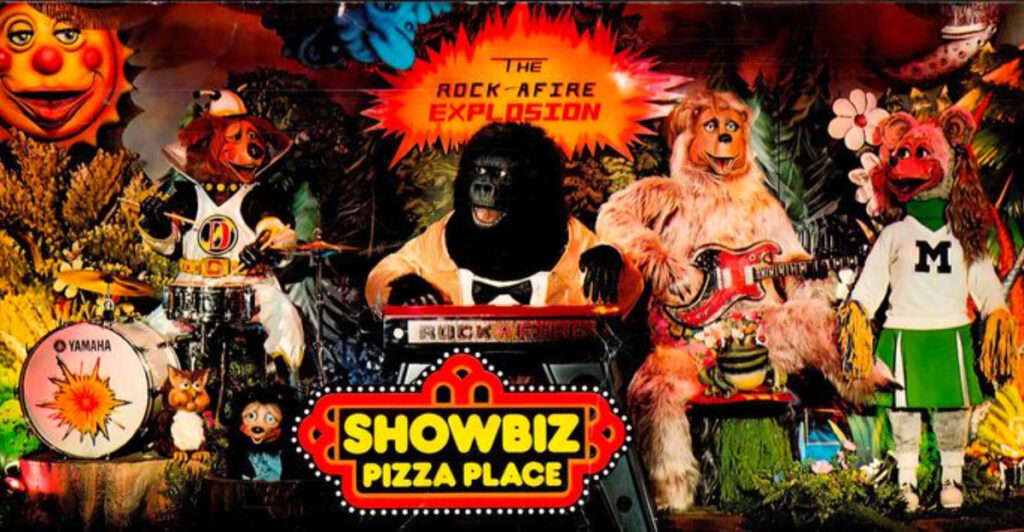The 1980s were a vibrant era for the restaurant industry, with numerous chains rising to prominence before fading into obscurity. Here’s a look at some notable restaurant chains from that decade that have since disappeared. These restaurants were once household names, but changing tastes, over-expansion, and financial struggles led to their eventual downfall.
1. Red Barn
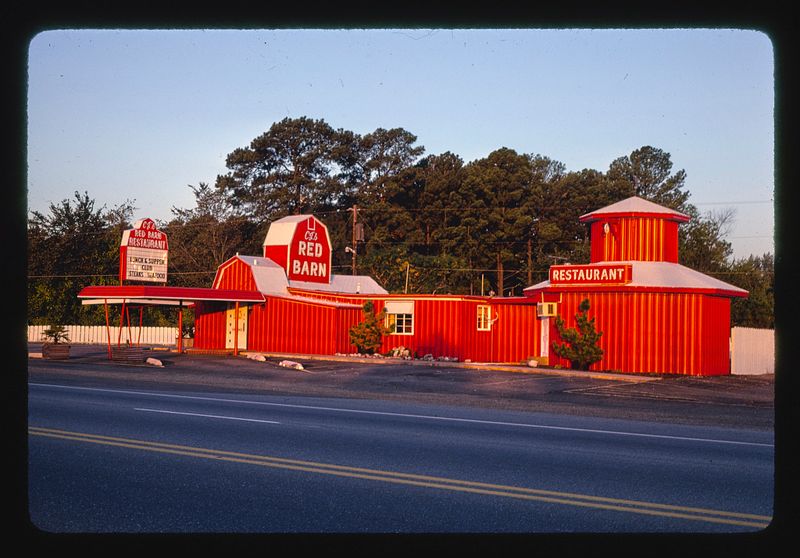
A barn-themed fast-food chain, Red Barn was known for its distinctive barn-shaped buildings and a menu featuring burgers, fried chicken, and fish. At its peak, it boasted 300-400 locations across the United States. However, franchise licenses expired, and the chain quietly vanished by 1988. A few locations tried to rebrand as “The Farm,” but they eventually faded as well. The Red Barn’s unique design and nostalgic charm remain fond memories for those who dined there during its heyday. Even today, vintage advertisements and memorabilia are cherished by collectors.
2. York Steak House

York Steak House was a cafeteria-style steakhouse chain that had nearly 200 locations in the United States by 1982. Known for its affordable steak dinners served in a self-service format, it attracted families seeking value and convenience. The chain dissolved by 1989, leaving only one independent franchise in Columbus, Ohio. The remaining outpost continues to serve loyal customers, preserving the legacy of this once-thriving chain. York Steak House’s decline highlights the challenges faced by mid-market dining establishments amid shifting consumer preferences.
3. Victoria Station
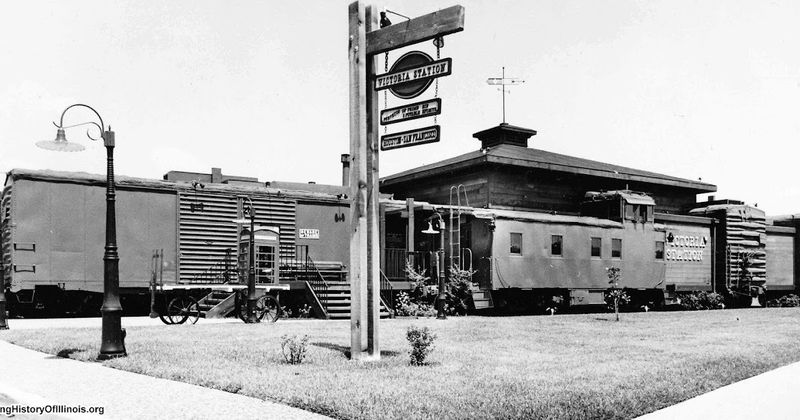
Victoria Station was a railroad-themed steakhouse with approximately 100 U.S. locations. Diners enjoyed meals in refurbished train cars, creating a unique and memorable dining experience. Despite its initial success, Victoria Station filed for bankruptcy in 1986, and U.S. operations ceased by the early ’90s. The last U.S. outlet closed in 2017, ending a nostalgic era of train-inspired dining. The charm of enjoying a steak in a cozy railcar setting remains a fond memory for many who frequented Victoria Station during its peak years.
4. Winky’s
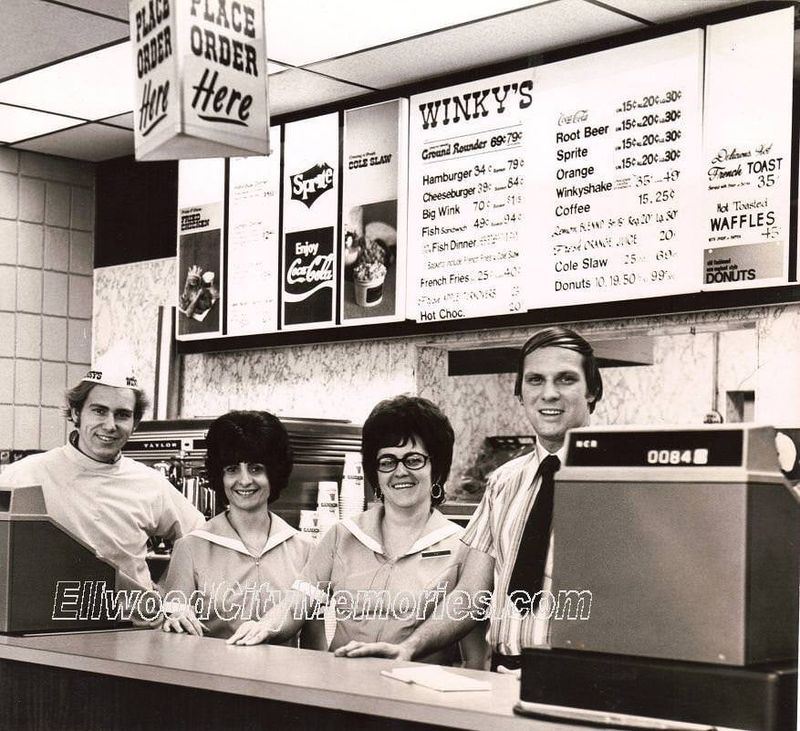
Founded in 1962, Winky’s was a Pittsburgh-area burger chain that peaked at around 42 restaurants. Known for its catchy slogan, “Winky’s Makes You Happy to be Hungry,” it offered a simple menu of burgers, fries, and shakes. Despite its regional success, the chain faced bankruptcy by 1982 and disappeared completely by the mid-’80s. Winky’s remains a nostalgic memory for Pittsburgh locals who fondly recall its affordable meals and friendly service. The brand’s vintage signage and memorabilia are still sought after by collectors today.
5. D’Lites
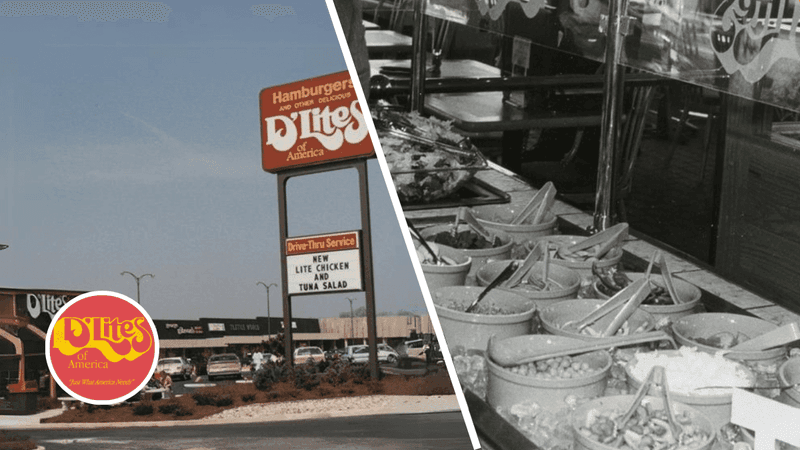
D’Lites was a fast-food chain that promised “healthier” burger options with lean beef and high-fiber buns. During its rapid expansion in the early ’80s, it attracted health-conscious diners seeking guilt-free fast food. Unfortunately, the chain filed for Chapter 11 bankruptcy and shut down in 1987. Despite its brief existence, D’Lites paved the way for future health-focused dining concepts. Its innovative approach to fast food remains an interesting chapter in the industry’s history, remembered for its emphasis on healthier eating options.
6. Wag’s
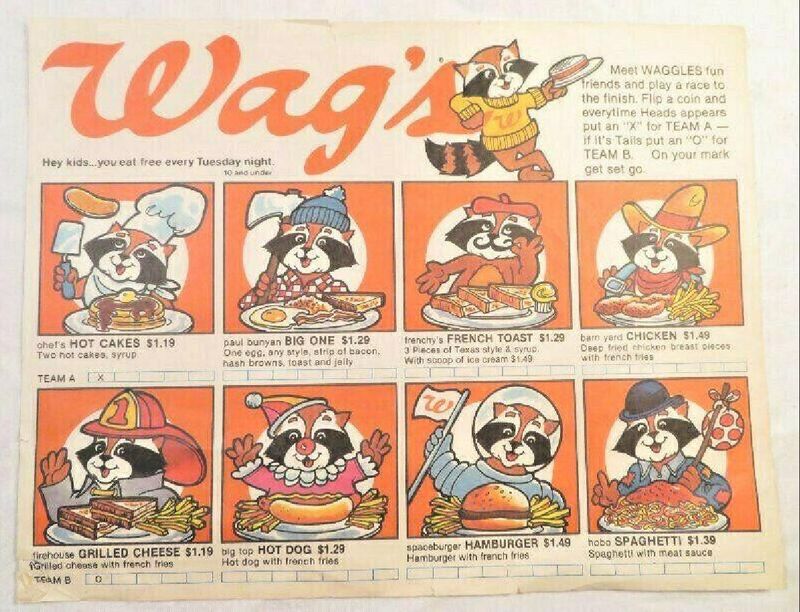
Wag’s was a family dining chain owned by Walgreens, featuring around 91 restaurants. Known for its diner-style menu and welcoming atmosphere, it provided an accessible dining option for families. In 1988, Wag’s was sold to Marriott, which then phased out the chain by 1991, converting many locations into Shoney’s restaurants. Wag’s demise illustrates the competitive nature of the family dining sector and the challenges of maintaining brand identity. Former patrons fondly remember Wag’s as a comfortable spot for casual family meals during its heyday.
7. Bennigan’s (original chain)
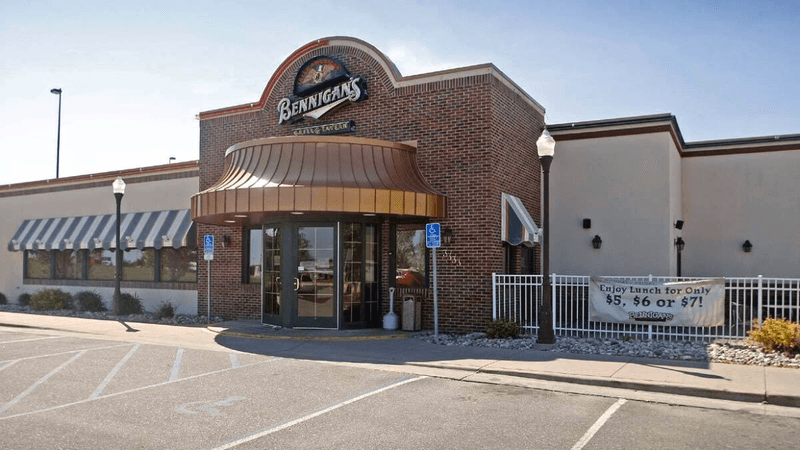
Bennigan’s was an Irish pub-style casual dining chain that expanded heavily during the ’80s. Known for its hearty fare and friendly atmosphere, it became a popular choice for casual dining. However, the chain struggled with overexpansion and eventually filed for bankruptcy in the late 2000s. Today, only a few isolated locations remain, operating under new ownership. Bennigan’s legacy is a reminder of the challenges of balancing growth with sustainability in the competitive restaurant industry. Its classic dishes and pub ambiance remain fondly remembered by patrons.
8. Chi-Chi’s
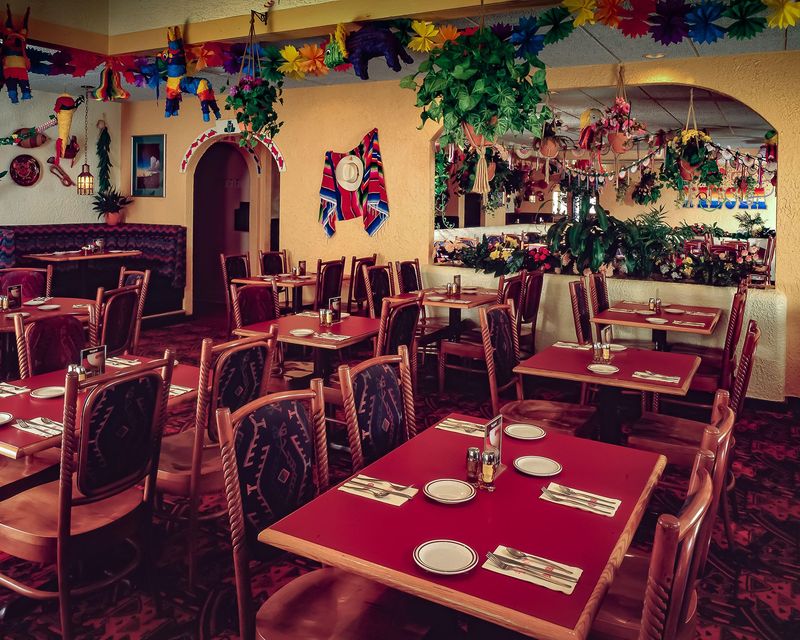
Chi-Chi’s was a once-popular Mexican casual dining chain known for its giant margaritas and bold Tex-Mex flavors. Established in 1977, it brought Mexican cuisine to the mainstream. However, a food safety scandal and loss of license led to the closure of its U.S. restaurants by the mid-’80s. Despite attempts at international revival, Chi-Chi’s U.S. presence faded, leaving behind memories of lively celebrations and flavorful dishes. The brand’s impact on popularizing Mexican cuisine in America remains an enduring part of its legacy.
9. ShowBiz Pizza
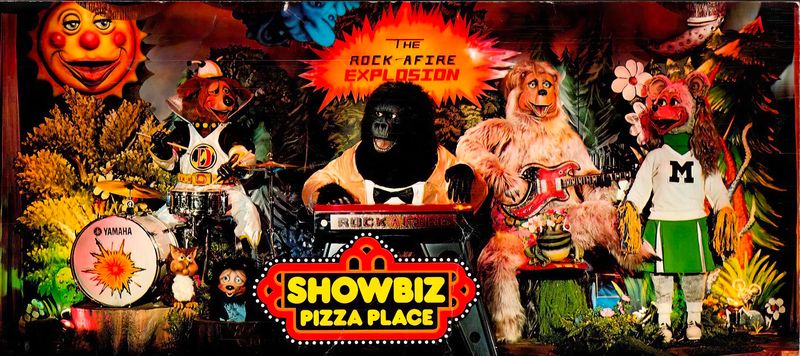
ShowBiz Pizza was an arcade-and-pizza chain that launched in 1980, aiming to compete with Chuck E. Cheese. It was famous for its Rock-afire Explosion animatronic shows, captivating children and families alike. Eventually, the entire brand rebranded as Chuck E. Cheese by the late ’80s, leaving ShowBiz Pizza as a fond memory. The whimsical animatronic characters and family-friendly atmosphere created lasting impressions on those who visited. ShowBiz Pizza represents a nostalgic era of entertainment dining, remembered for its unique blend of fun and food.
10. Burger Chef
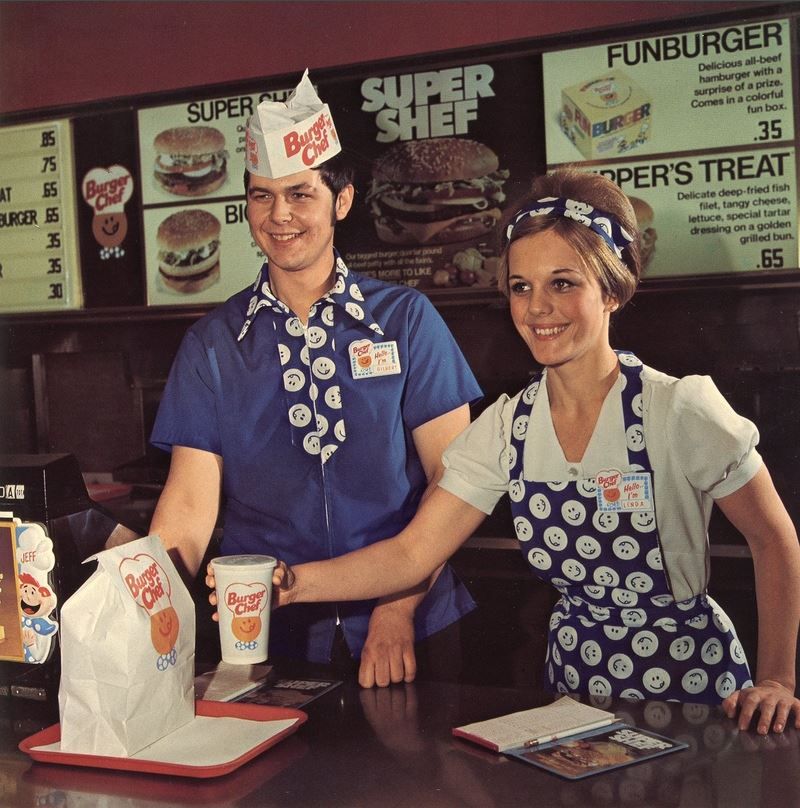
Once nearly as big as McDonald’s, Burger Chef was a fast-food chain that introduced innovations like the ‘Works Bar,’ allowing customers to customize their burgers. Despite its popularity, the chain was sold to Hardee’s in 1981, leading to its eventual closure. Burger Chef’s pioneering spirit and creative approach to fast food left a lasting mark on the industry. Its influence can still be seen in modern burger trends. The chain’s vintage advertisements and memorabilia remain popular among collectors and fast-food enthusiasts.
11. Kenny Rogers Roasters
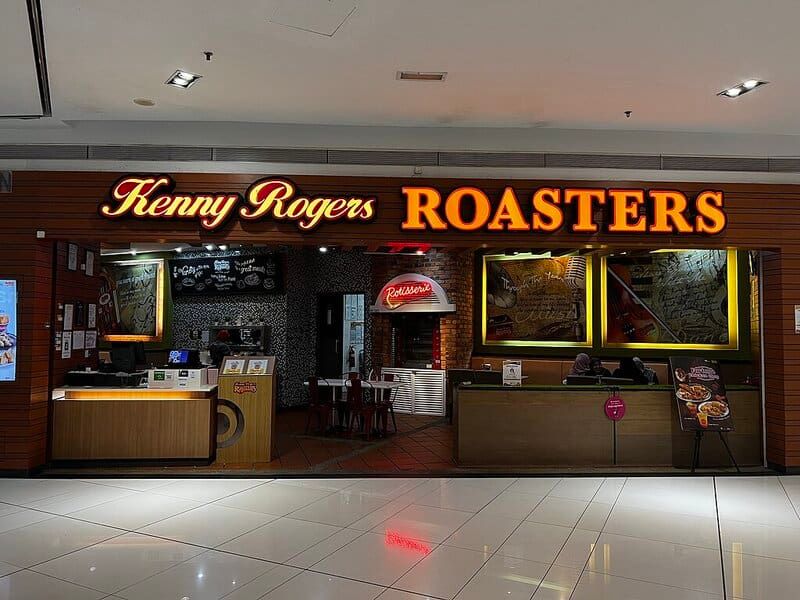
Although founded in 1991, Kenny Rogers Roasters captured the ’80s-style casual dining vibe with its focus on delicious rotisserie chicken. At its peak in the ’90s, it became a global sensation. However, by 2020, all U.S. locations had closed, though international branches still remain. The brand’s rustic charm and mouthwatering chicken dishes are fondly remembered by fans. Kenny Rogers Roasters’ legacy continues abroad, serving nostalgic diners who savor the flavors of its signature rotisserie offerings.
12. Spaghetti Warehouse
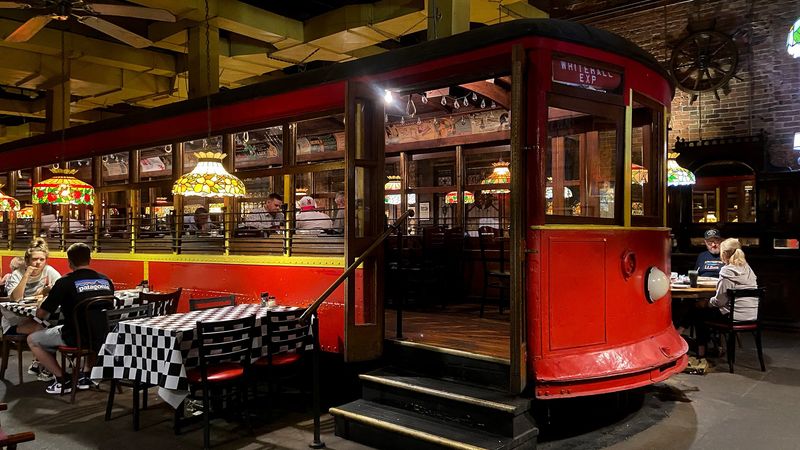
Spaghetti Warehouse was an Italian chain founded in 1972, but it gained significant popularity in the ’80s. Known for its family-style dining and eclectic decor, it became a go-to spot for gatherings. After several closures, only a handful of locations remain today, with most U.S. locations shuttered by the late 2010s. The unique charm and hearty Italian dishes of Spaghetti Warehouse are cherished memories for many. Its impact on casual Italian dining in America remains an enduring part of its legacy.
13. Morrison’s Cafeteria
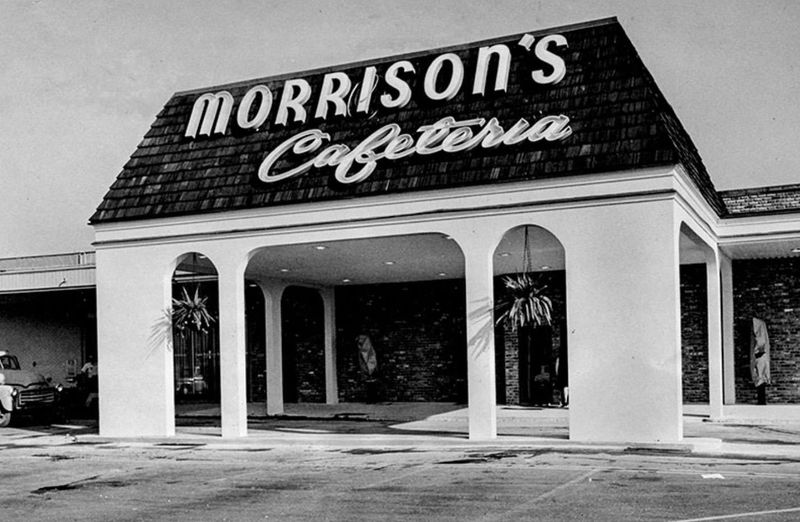
Morrison’s Cafeteria was a southern cafeteria-style dining chain with over 150 locations in the ’80s. Known for its traditional comfort food and friendly service, it became a staple in southern dining. Today, only a single location remains in Mobile, Alabama. Morrison’s decline reflects the challenges faced by regional chains in adapting to changing consumer preferences. Despite this, the brand’s legacy of warm hospitality and delicious southern fare continues to be cherished by those who remember dining there.
14. Mighty Casey’s
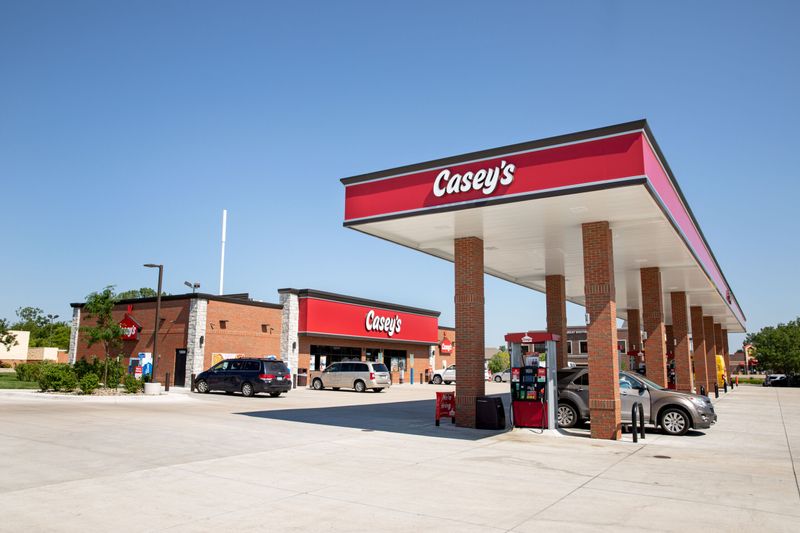
Mighty Casey’s was an Atlanta-based fast-food chain known for its delicious milkshakes and hot dogs. Its catchy name and unique offerings attracted locals seeking a quick bite. Acquired by Krystal in 1994, the brand disappeared soon after. Mighty Casey’s remains a nostalgic memory for those who enjoyed its flavorful menu. The retro charm and unique branding of Mighty Casey’s continue to be remembered fondly by fans who frequented the chain during its prime years.
15. Burger Queen
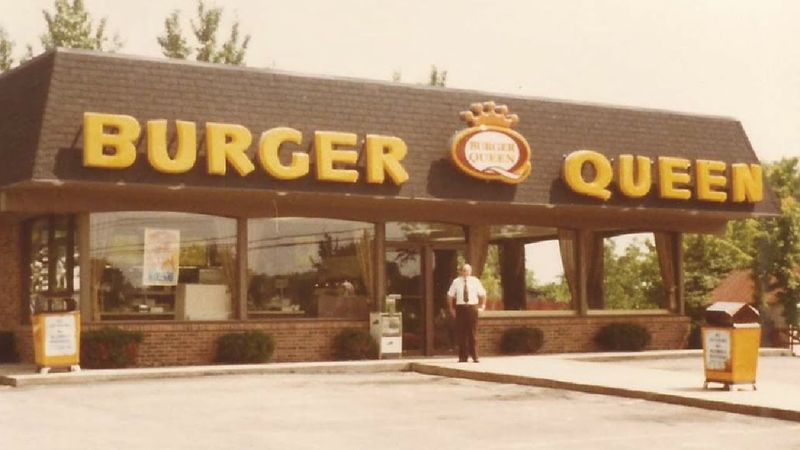
Burger Queen was a Florida-based burger and salad bar chain that peaked in the ’70s and ’80s. Known for its welcoming ambiance and diverse menu, it was a favorite among locals. Acquired in 1981, it was consolidated into Druther’s, and operations ceased thereafter. Burger Queen’s unique approach to fast food, with its emphasis on variety, left a lasting impression on its patrons. The chain’s retro advertisements and memorabilia continue to be treasured by collectors and those who remember its heyday.
16. Don Pablo’s
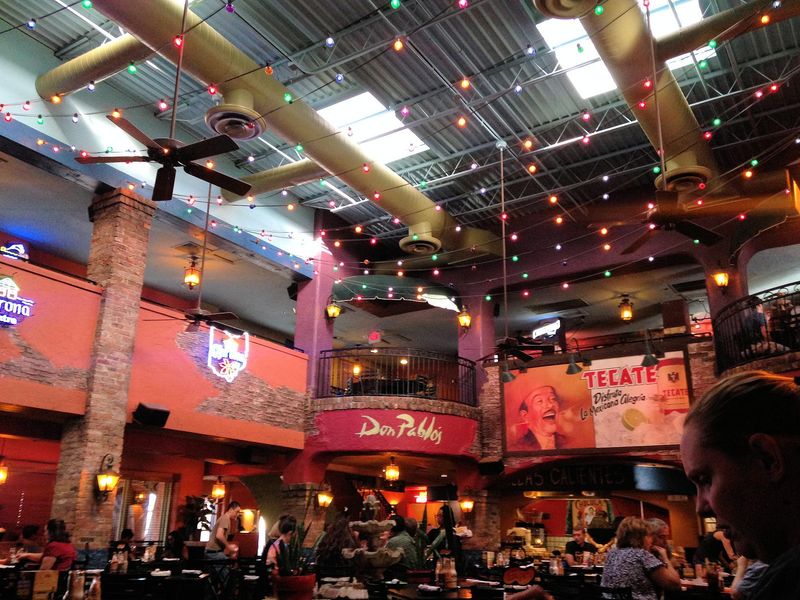
Don Pablo’s was a Tex-Mex chain founded in 1985, quickly growing to 120 U.S. locations. Known for its vibrant atmosphere and flavorful Tex-Mex dishes, it became a popular dining destination. The last U.S. restaurant closed in 2019, marking the end of an era for fans of its bold flavors. Don Pablo’s remains a fond memory for those who enjoyed its lively ambiance and delicious cuisine. Its impact on popularizing Tex-Mex dining in America is fondly remembered by many.
17. Charlie Brown’s Steakhouse
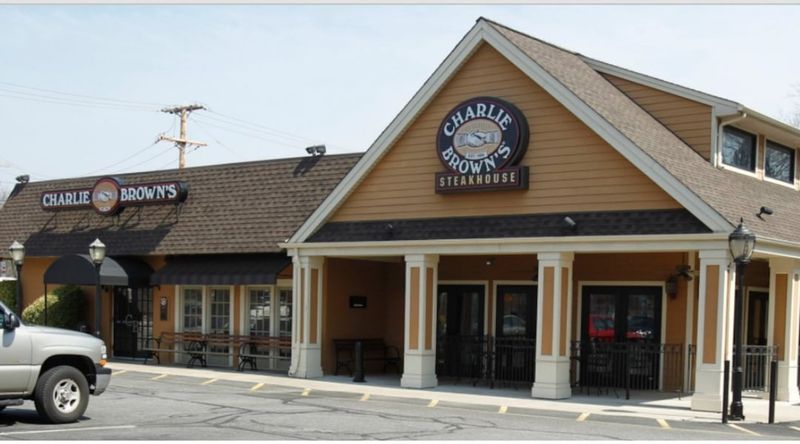
Charlie Brown’s Steakhouse expanded heavily through New York and New Jersey during the ’80s, offering a cozy atmosphere and quality steak dishes. Corporate restructuring led to many closures by the early 2000s, leaving only a slim regional presence under new ownership. Charlie Brown’s legacy is cherished by those who frequented its friendly dining rooms. The brand remains a nostalgic part of the regional dining landscape, remembered for its hearty meals and welcoming ambiance.
18. Hardy’s (Hardee’s successor-style closures)
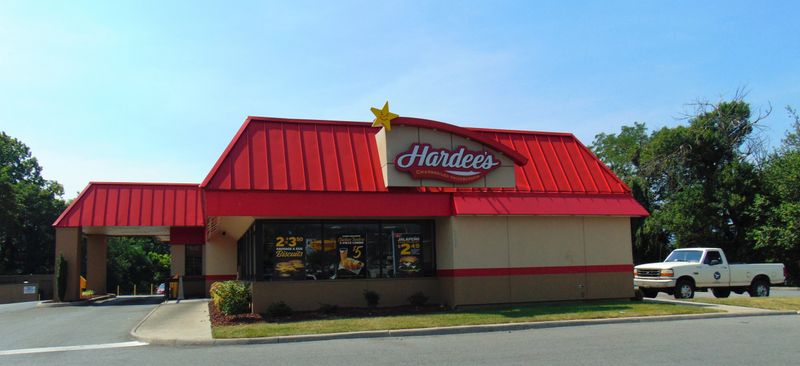
Certain smaller regional chains like Steak and Ale or Hardy’s faced gradual disappearances in the late ’80s. Many were replaced by other popular brands, reflecting the intense competition of the era. Hardy’s, in particular, experienced successor-style closures that changed the dining landscape. The brand’s history encapsulates the challenges faced by regional chains amid evolving consumer trends. The disappearance of these local favorites highlights the dynamic nature of the restaurant industry during that period.
19. Various local family chains
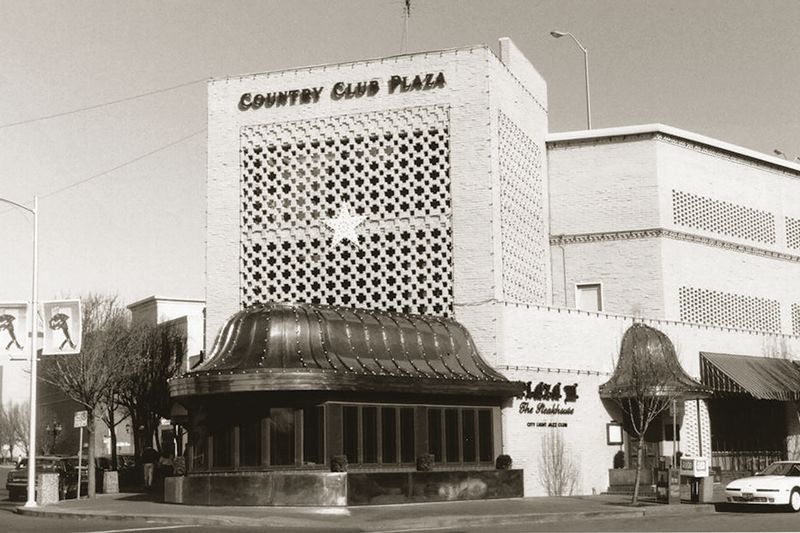
Examples like Clancy’s, Sholl’s Colonial Cafeteria, and Nick’s Italian Café faded regionally in the ’80s and ’90s as casual dining shifted to national brands. These local family chains offered unique flavors and intimate dining experiences that resonated with their communities. Their decline reflects the broader industry trends of consolidation and branding shifts. The disappearance of these cherished local establishments highlights the changing landscape of family dining, remembered fondly by those who supported them.

